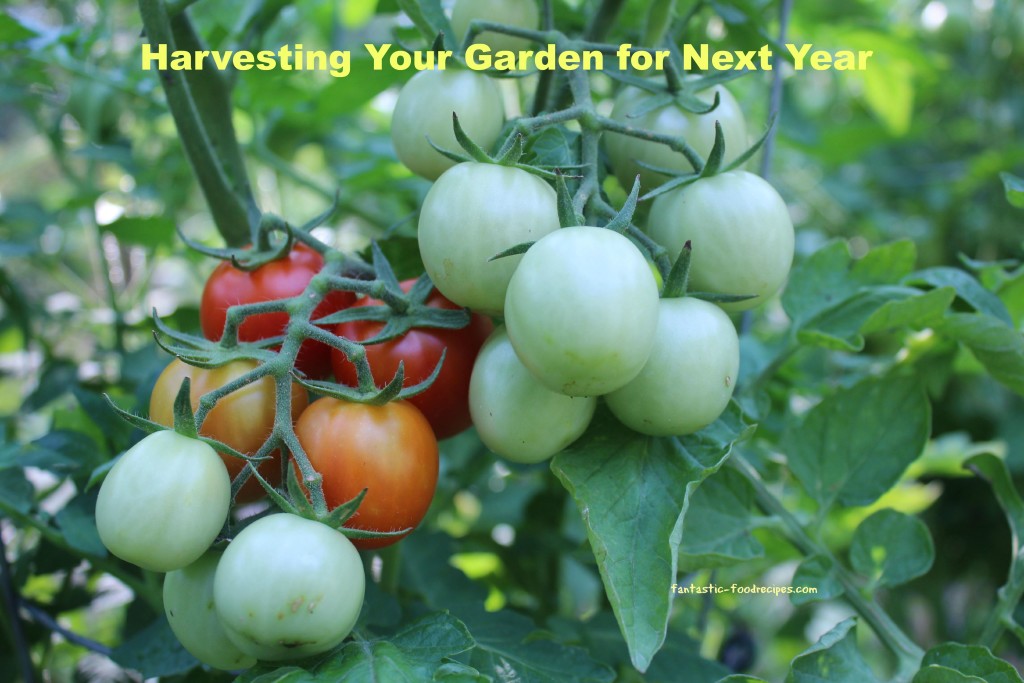Harvesting for Next Year’s Garden
Most of us garden with only the current year’s crop in mind, harvesting everything and using it all up as we bring it in. But, when you harvest for next year’s garden, you are able to reduce costs, get future garden work done now, and guarantee the health of next year’s crops. Everything from seeds to bulbs can be harvested this year, when you are bringing in things from the garden in order to be properly stored for next year. If this is the first time you will be harvesting for next year, there are a few things you need to know and tips to help you get started.
Prepare Storage Gear Ahead of Harvest
Most of the time we focus on the harvest and don’t think beyond that event, but when it comes to saving items for next year’s garden you need to be ready to set aside items as soon as you start harvesting. This means that there is some preparation that has to happen prior to you heading out to the garden and pulling plants up. Prepare ziploc bags, small paper bags, clean pots and wire racks should all be within arm’s reach once you start harvesting.
Collecting Seeds from the Garden
Some of your summer vegetables have seeds that can be collected in the garden, while others will require a little kitchen prep. Spent flower heads will start dispersing their seeds on their own so you need to watch closely for that to happen in order to grab the seeds in the short window available. Sometimes it’s as easy as shaking the seeds out of the flowerheads into your hand. Seeds that are inside of the vegetables, tomatoes, peppers, squash, you are harvesting need to be removed, washed and dried before storing.
Leave Some of Your Harvest Behind
Our natural impulse is to harvest everything that our garden grows, but in order to be able to grow some vegetables next year we need to leave a few things behind to dry out. Vegetables like beans and peas need to be left on the vine to dry out and be gathered and stored for next year’s garden. Leave behind as many of these vegetables as you would normally plant in the garden and gather the rest.
Harvesting Bulbs
For your favorite garden bulbs, it is important to get the timing just right or the bulbs won’t be able to grow in next year’s garden. The foliage attached to your bulbs needs to be allowed to die back, which indicates that the bulb is done storing new nutrients for next year. As soon as you notice most of the plant has died back you can dig up the bulbs, clean and store in a dry cool place. A wire rack or breathable paper bag make the best storage containers for vegetables like garlic.
Gathering Onion Sets
A lot of gardeners like to grow and harvest their own onion sets to use in next year’s garden and these also have to be brought in at the end of the season. Seeds need to be planted late summer in order to give the onions time to start growing, but you should be able to harvest the sets when you harvest the rest of your fall produce from the garden. Pull the onions immediately after the bulbs begin to form, but before they begin to grow and store in a cool dry spot.
If you like this post, see more DIY, recipes and tips on Pinterest.
Come follow me on Facebook and Twitter.




Leave a Reply